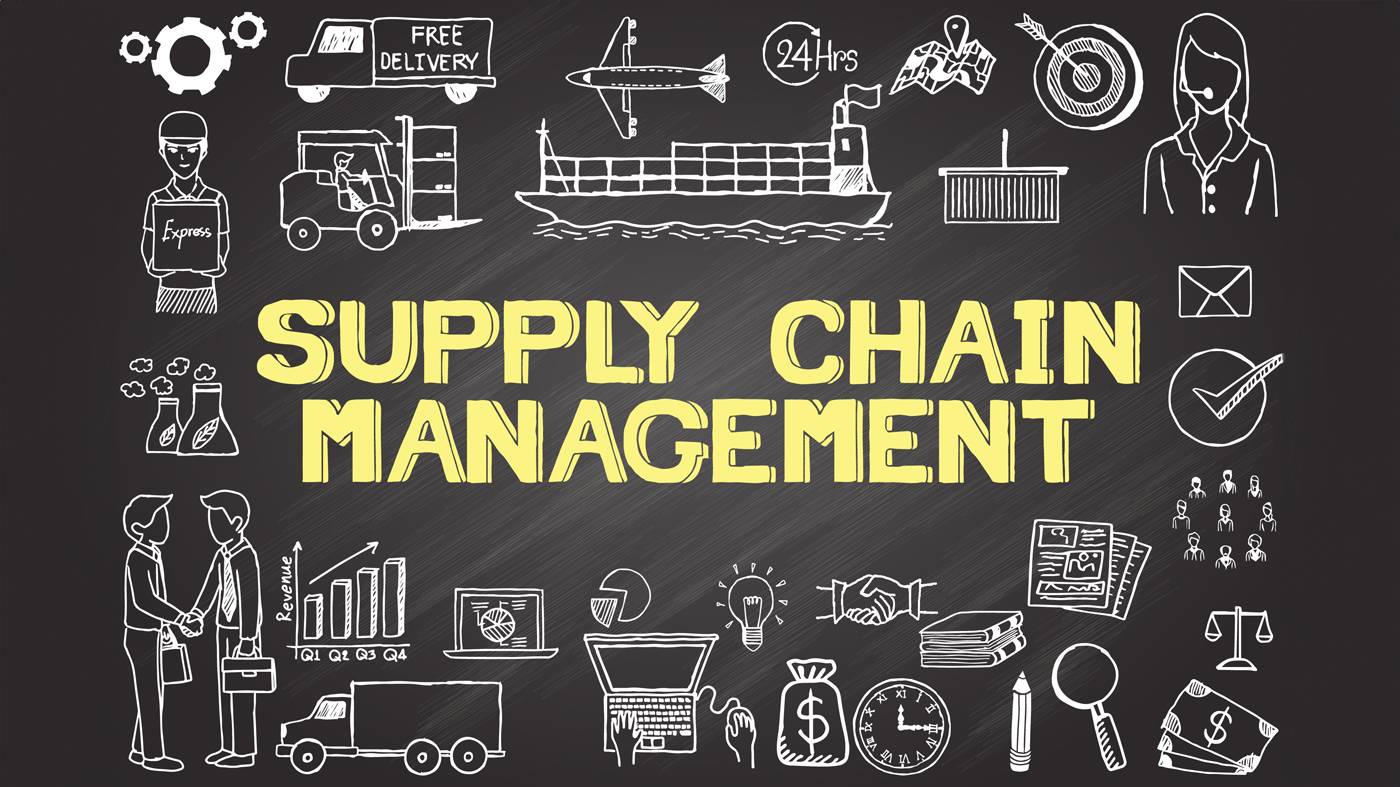Self-Study
Constraint Management
Manage organizational constraints by understanding where operational performance can go wrong.

$290.00 – $320.00
Webcasts are available for viewing Monday – Saturday, 8am – 8pm ET.
Without FlexCast, you must start with enough time to finish. (1 Hr/Credit)
Please fill out the form below and we will reach out as soon as possible.
CPE Credits
10 Credits: Production
Course Level
Overview
Format
Self-Study
Course Description
In the complex environment of business management, the presence of constraints or bottlenecks can significantly impede an organization’s performance and financial results. These constraints often result in ineffective investments, declining profits, and missed deadlines. Constraint Management confronts this issue by demonstrating how to identify and optimally utilize these bottlenecks. This online self-study constraint management CPE course provides strategies to restructure various aspects of an organization, including staffing, inventory management, and financial controls, to support and enhance the function of the constraint. The solution offered transforms a hindrance into an asset, enabling more effective financial and operational strategies.
Learning Objectives
After completing this section of the course, you will be able to:
- Identify common assumptions of a traditional management system
- Determine what is likely to happen when all resources are optimized
- List items necessary to calculate throughput
- Name an example of local optimization
- Identify the presence of a constraint and how it can be designated
- List ways to deal with employee turnover as a constraint
- Define the expedite zone and its purpose
- Identify why adding staff may not increase sales and what hiring practices can help
- List a key problem that causes delays in projects
- Specify where the time buffer of a project should be located
- Cite the result of a culture of cost reduction
- Specify why direct labor is not a variable expense
- Identify why scrap is more expensive if discovered after the constraint
- Identify how the SEC issues accounting guidance
- List similarities in guidance on manufactured goods between GAAP and IFRS
- Cite an example of variable overhead
- List measurements used to measure relationships between throughput and constraints
- Define the term for the amount of inventory buffer in use at any time
- Cite problems with the traditional inventory turnover calculation
- Name a harmful measure that is sometimes used to make business decisions
- Identify costs to be excluded from product cost analysis
- List a cost unique to the sales channel
- Define the cost object associated with returned goods and early payment
- Name an event that might trigger a controls review
- List reasons for using controls and which controls are most useful
- List problems with top-down and bottom-up approached to revenue estimation
- Calculate direct labor using the crewing method
- Identify where support for the constraint concept comes from
- Define rolling forecast
- Specify the basis for bonus compensation
- Identify where increases to throughput occur
- Identify the key limiting factor in a constraint
- Cite ways that a business’s financial results can be enhanced
- Classify the type of pricing that absorption pricing is
- Identify the type of customers that are desirable in a constraint-based pricing environment
- Cite a solution for lengthy setup times at a constraint
- Specify the effect of having a constraint in the marketplace
- Cite which factor should be used to determine which investments to make
- Specify constraint management tactics for volatile industries
- Cite when competition is likely to cut prices in response to your own reduction
- Identify when a speed of delivery strategy is most useful
- Cite situations when constraint management is effective in the acquisition process
- Specify when organizations in financial distress may choose to implement constraint management
Course Specifics
622266431
October 24, 2023
There are no prerequisites.
None
214
Compliance Information
CMA Notice: Western CPE makes every attempt to maintain our CMA CPE library, to ensure a course meets your continuing education requirements please visit Insitute of Management Accountants (IMA)
CFP Notice: Not all courses that qualify for CFP® credit are registered by Western CPE. If a course does not have a CFP registration number in the compliance section, the continuing education will need to be individually reported with the CFP Board. For more information on the reporting process, required documentation, processing fee, etc., contact the CFP Board. CFP Professionals must take each course in it’s entirety, the CFP Board DOES NOT accept partial credits for courses.
Meet The Experts

Steven M. Bragg, CPA, is a full-time book and course author who has written more than 300 business books and courses. He provides Western CPE with self-study courses in the areas of accounting and finance, with an emphasis on the practical application of accounting standards and management techniques. A sampling of his courses include the The New Controller Guidebook, The GAAP Guidebook, Accountants’ Guidebook, and Closing the Books: An Accountant’s Guide. He also manages the Accounting Best Practices podcast. Steven has been the CFO or controller of both public and private companies and has been a consulting manager with Ernst & Young and …
Related Courses
-
 Production
Production
Operations Management
Steven M. Bragg, CPA QAS Self-Study
Credits: 18 $396.00
QAS Self-Study
Credits: 18 $396.00$396.00 – $436.00
-
 Production
Production
Contract Management
Steven M. Bragg, CPA QAS Self-Study
Credits: 6 $174.00
QAS Self-Study
Credits: 6 $174.00$174.00 – $204.00
-
 Production
Production
Supply Chain Management
Steven M. Bragg, CPA QAS Self-Study
Credits: 4 $116.00
QAS Self-Study
Credits: 4 $116.00$116.00 – $136.00
